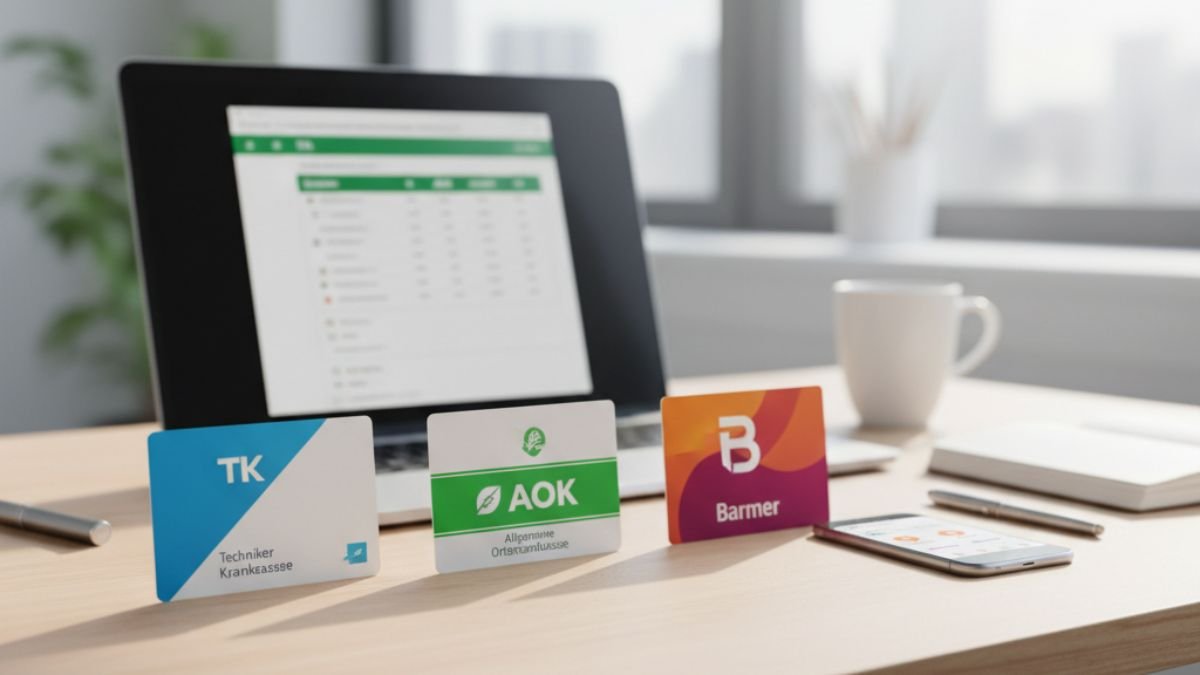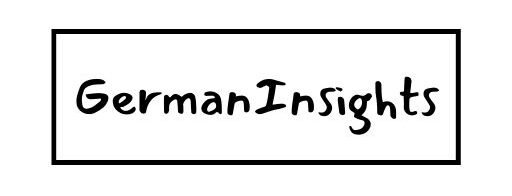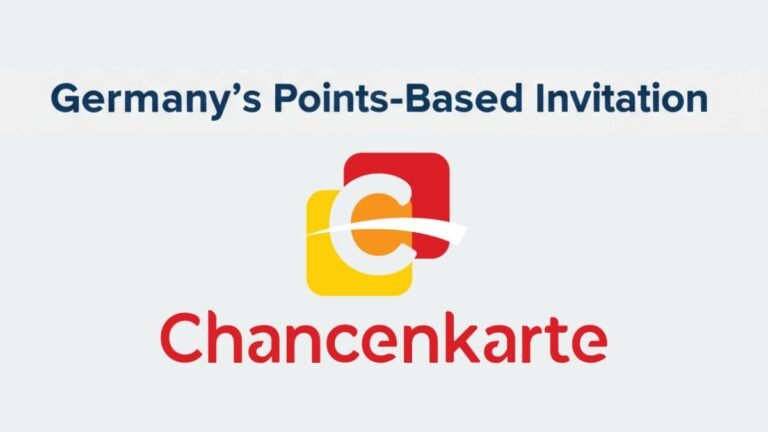TK vs AOK vs Barmer which is best? Detailed Comparison of Germany’s Top Public Health Insurers

Choosing the best German public health insurance depends on your priorities; Techniker Krankenkasse (TK) is often best for English speakers, Barmer is strong for families, and AOK offers widespread regional presence. While legally mandated benefits are largely identical, they differ in contribution rates, customer service, and extra benefits.
Key Differences
| Feature | Techniker Krankenkasse (TK) | AOK (Allgemeine Ortskrankenkasse) | Barmer |
| Contribution Rate (2025) | 15.8% (14.6% + 1.2% additional) | Varies by region (average ~16.2%) | 16.1% (14.6% + 1.5% additional) |
| English Support | Excellent, with English website, app, and support | Varies by region, generally less extensive than TK | Good English support available |
| Best For | Expats, students, and tech-savvy individuals | Broad regional presence and localized services | Families and those seeking a wide range of health support services |
| Trustpilot Rating | 4.3 / 5 | Varies significantly by region | 2.5 / 5 |
Cost Factor
The monthly contribution to public health insurance is a percentage of your gross income, up to a certain ceiling. This is composed of the general contribution rate (allgemeiner Beitragssatz) of 14.6%, which is the same for all public insurers, and an additional contribution (Zusatzbeitrag) that each insurer sets individually.
- Techniker Krankenkasse (TK): Known for its historically stable and competitive additional contribution rate, which currently stands at 1.2%. This makes the total contribution 15.8%. For many employees, this lower rate can result in noticeable monthly savings.
- AOK: The AOK is not a single entity but a federation of 11 independent regional funds. This means the additional contribution rate varies depending on the specific AOK branch. The average additional contribution is around 1.6%, leading to a total of approximately 16.2%. It’s crucial to check the rate for your specific region as it could be higher or lower than the average.
- Barmer: With an additional contribution rate of 1.5%, the total contribution for Barmer members is 16.1%. While slightly higher than TK, it remains a competitive rate among the major insurers.
Additional Services (Zusatzleistungen)
While around 95% of the services offered by public health insurers are legally mandated, the remaining 5% is where they compete for members. These “extra” services can provide significant value.
Techniker Krankenkasse (TK): TK is often praised for its extensive range of additional benefits, including:
- Travel Vaccinations: Generous coverage for travel-related vaccinations.
- Professional Dental Cleaning: A subsidy of up to €40 per year for professional dental cleaning.
- Osteopathy: Coverage for a set number of osteopathic treatments per year.
- Health Courses: A wide variety of online and in-person health courses, with significant reimbursement.
- Alternative Medicine: Contributions towards homeopathic and other alternative treatments.
AOK: As a regional provider, the additional services offered by AOK can differ. However, many AOK branches offer attractive benefits, often through a “health account” or “health budget”:
- Professional Dental Cleaning: Many AOKs offer a subsidy, with AOK PLUS, for example, providing €40 per year.
- Osteopathy: Coverage for osteopathic treatments is common, though the amount and number of sessions can vary.
- Family-focused Programs: AOKs often have strong programs for families, including additional check-ups for children and maternity benefits.
- Regional Health Courses: A vast network of local health courses and prevention programs.
Barmer: Barmer also provides a comprehensive suite of additional services with a strong focus on digital health and family support:
- Professional Dental Cleaning: Offers a dental care program that can include subsidies for professional cleaning.
- Travel Vaccinations: Good coverage for recommended travel immunizations.
- Digital Health Services: Strong digital offerings, including a comprehensive app and online coaching for mental health and fitness.
- Family Programs: Extensive support for families, including additional maternity benefits and courses.
Rewards for a Healthy Lifestyle
To incentivize preventative care and healthy living, all three insurers offer bonus programs. These programs allow members to collect points for activities like dental check-ups, gym memberships, and vaccinations, which can then be redeemed for cash or other rewards.
- TK’s Bonus Program: The “TK-Bonusprogramm” is known for its flexibility. Members can choose a direct cash payout or a higher-value “health dividend” that can be used for specific health-related services and products, such as new sports equipment or private health services.
- AOK’s Bonus Program: The structure of AOK’s bonus program is, again, regional. Some AOKs offer a straightforward cash bonus, while others provide a choice between cash and subsidies for health services. Many AOKs have a dedicated app for tracking and redeeming bonus points and often have special programs for families and children.
- Barmer’s Bonus Program: The “Barmer Bonusprogramm” is also app-based and allows members to collect points for a wide range of activities. These points can be converted into cash or used to receive subsidies for health-related services, with the subsidy option often providing a higher value.
Customer Service and User Experience
In an increasingly digital world, the quality of an insurer’s online services and the accessibility of customer support are crucial.
- Techniker Krankenkasse (TK): TK consistently receives high marks for its customer service, particularly its excellent English-language support. Their user-friendly app and online portal make it easy to submit documents, communicate with the insurer, and manage your health insurance online. This makes TK a very popular choice for expatriates and international students.
- AOK: With a vast network of local branches, AOK offers strong in-person support. However, the quality of their digital services and the availability of English-speaking staff can vary significantly from one regional AOK to another. If in-person consultations are important to you, AOK’s local presence is a significant advantage.
- Barmer: Barmer also offers a robust digital experience with a well-regarded app and online services. They provide good customer support, including assistance in English. Their network of service points across Germany also ensures that in-person help is available when needed.
The Verdict: Which Insurer is Right for You?
The “best” public health insurer ultimately depends on your individual needs and priorities.
- Choose TK if: You value a lower contribution rate, excellent English-language support, and a top-tier digital experience. It is an ideal choice for expats, students, and anyone comfortable managing their health insurance online.
- Choose AOK if: You prefer in-person service from a local branch and are interested in health programs tailored to your specific region. It’s a solid option for those who value a strong local presence, though it’s essential to research the specific contribution rate and additional benefits of your regional AOK.
- Choose Barmer if: You are looking for a comprehensive range of services with a strong focus on family health and digital support. While its contribution rate is slightly higher than TK’s, its extensive network and wide array of health programs make it a compelling choice for many.
Before making a final decision, it is always advisable to visit the websites of each insurer, use their online contribution calculators, and compare the specific details of their additional services and bonus programs for the most up-to-date information.
If you’re looking for more blog like Medical Emergencies in Germany: Who to Call and Where to Go and How to Make a Doctor’s Appointment in Germany subscribe to join us.






